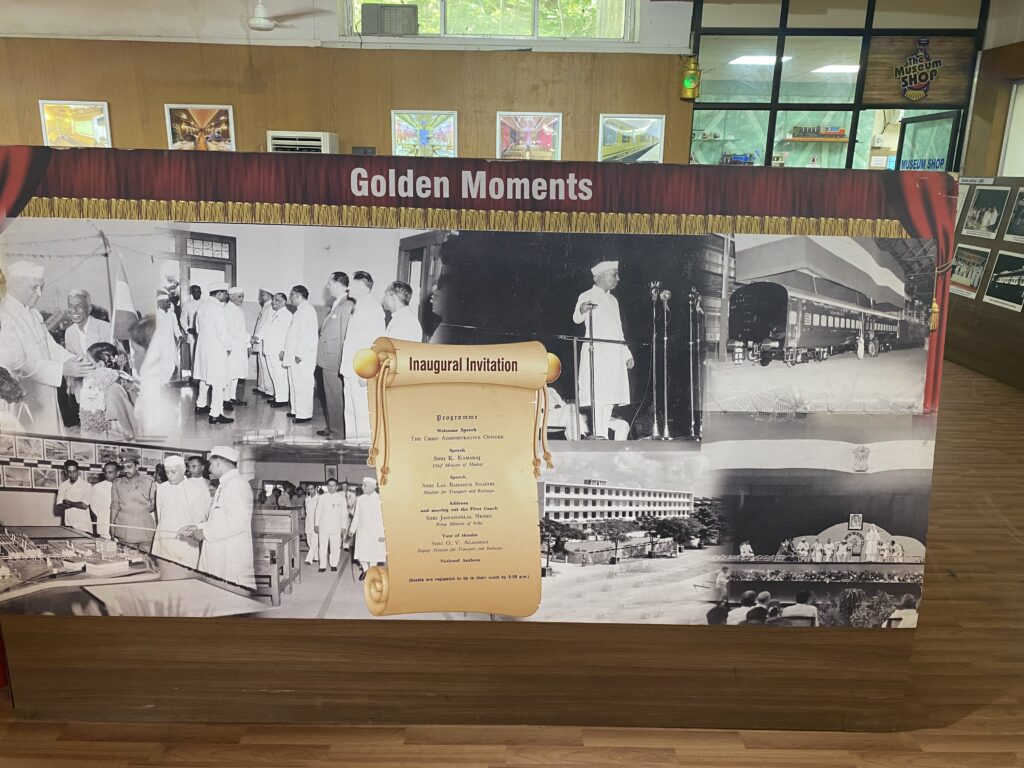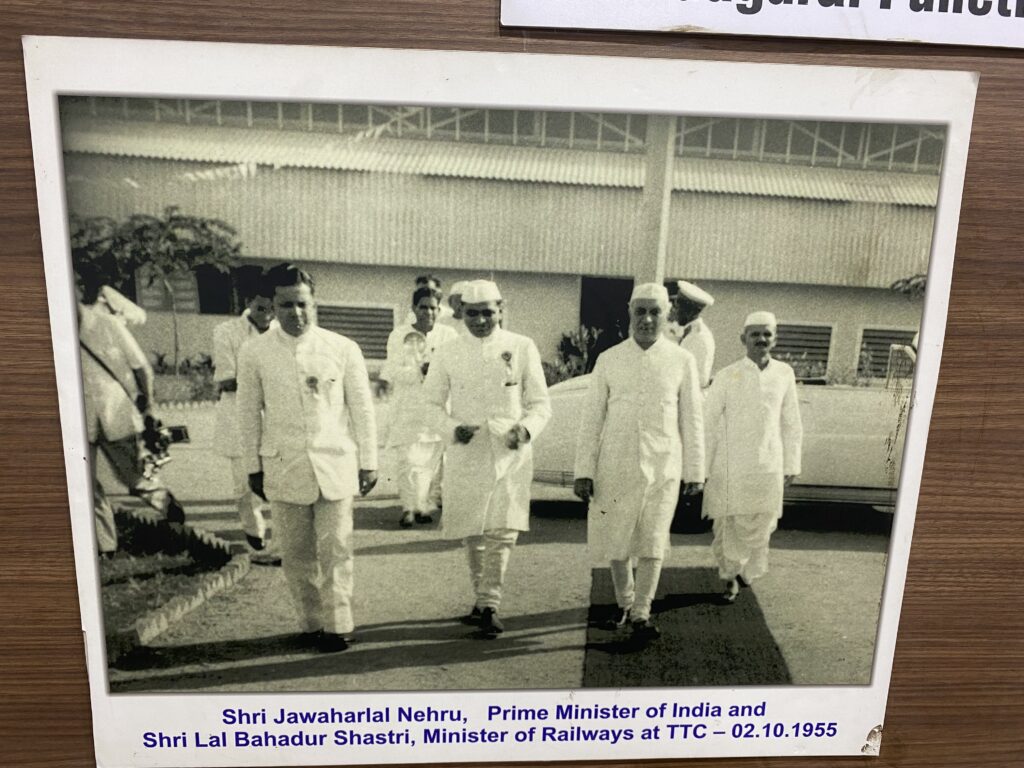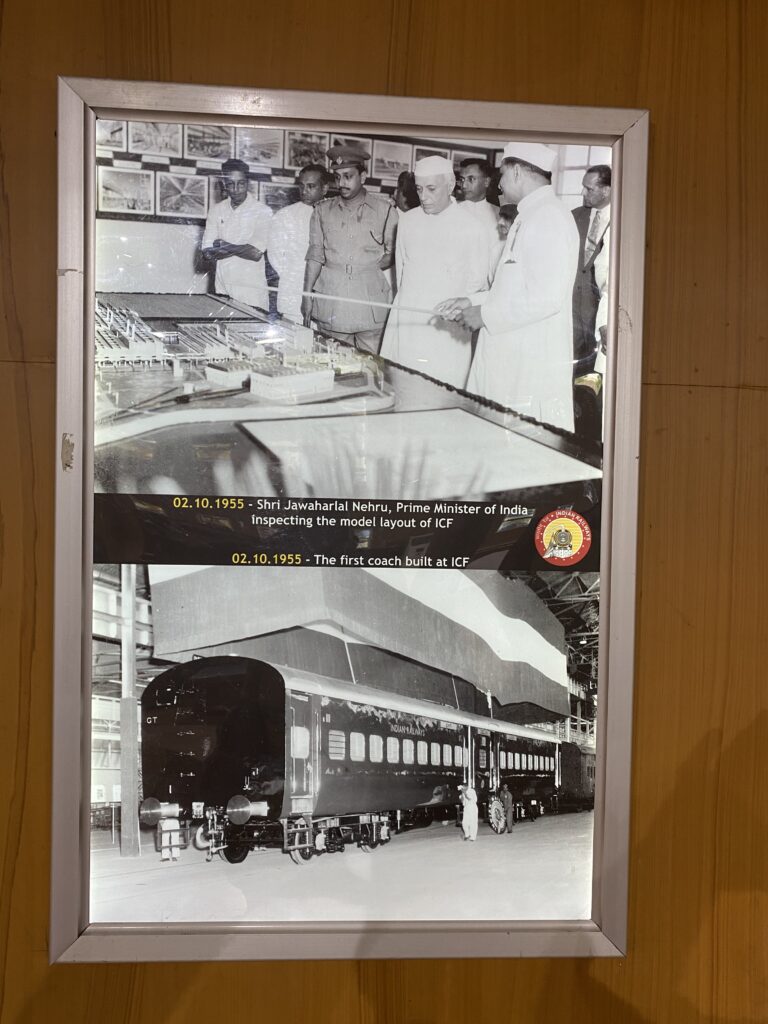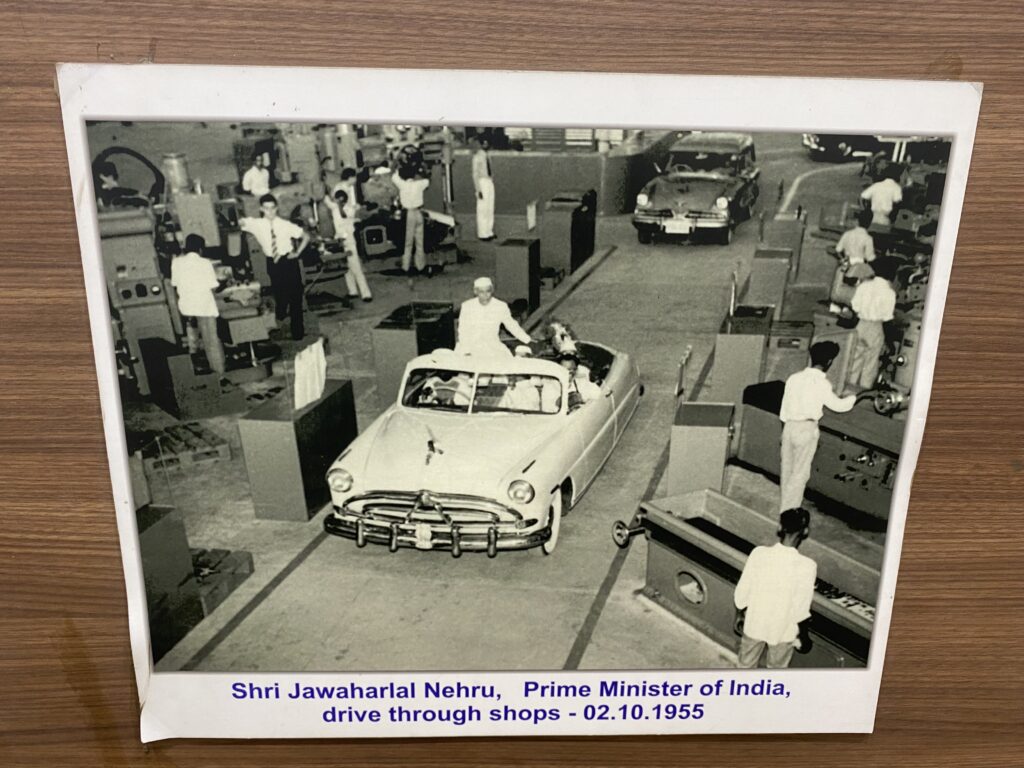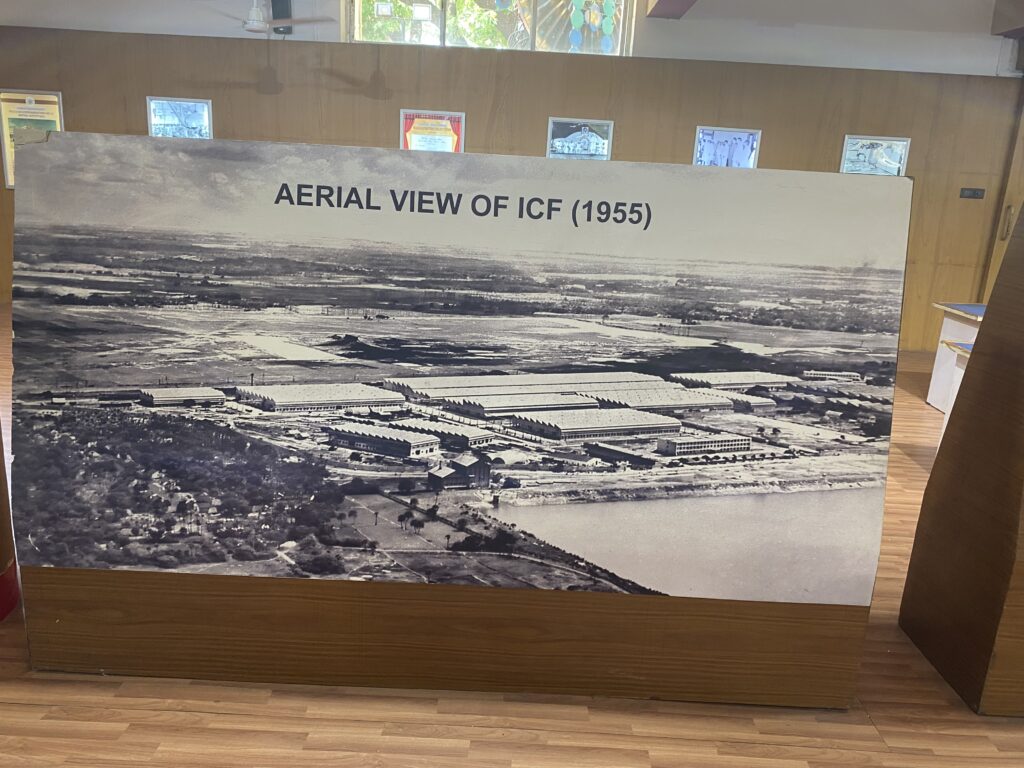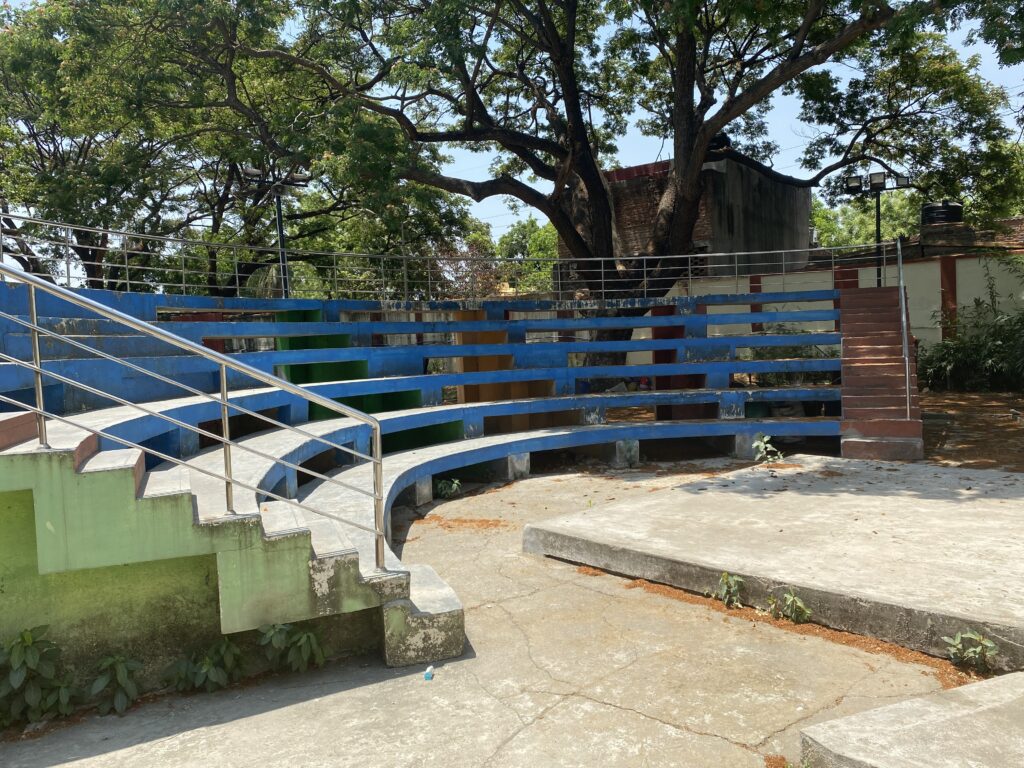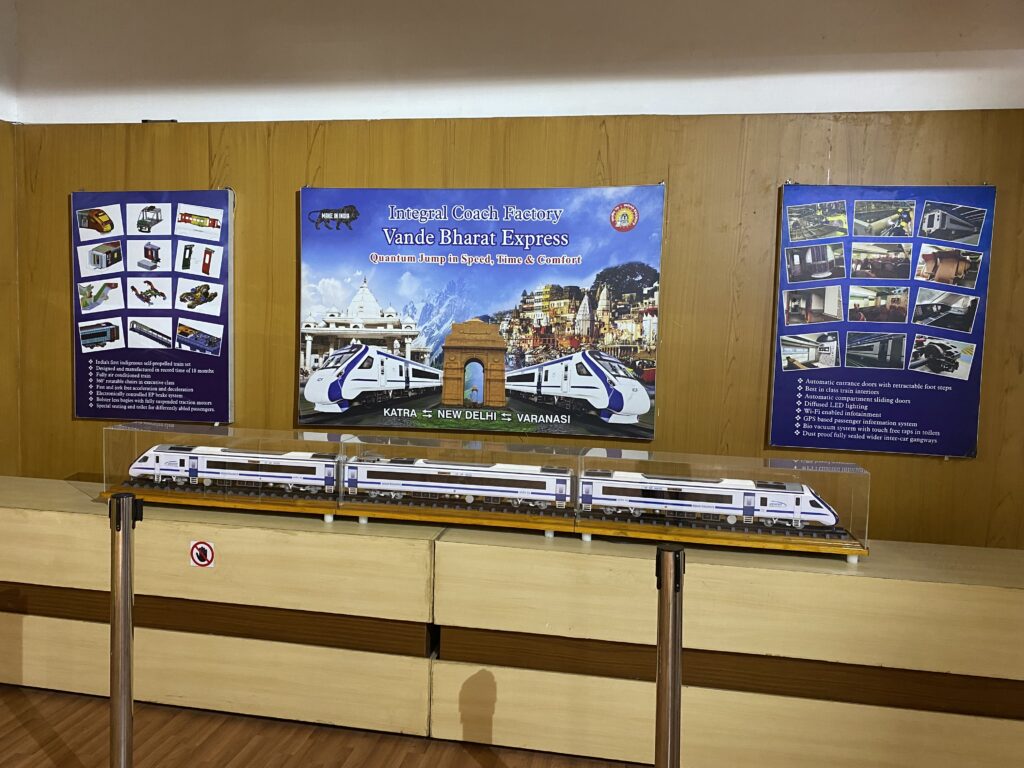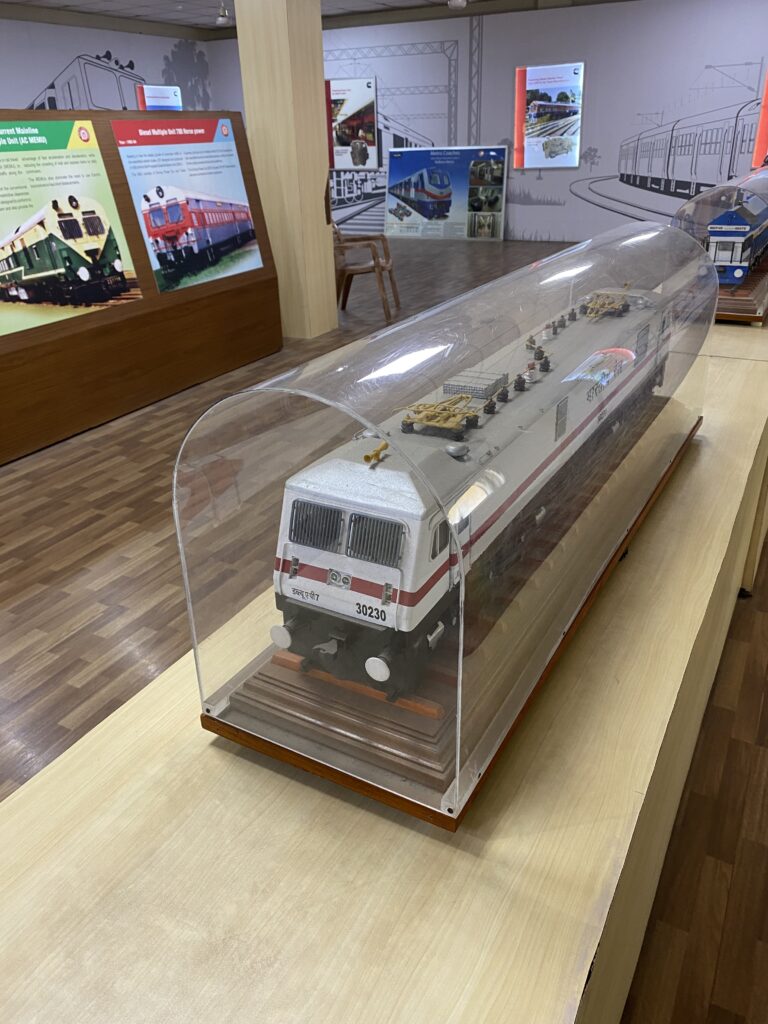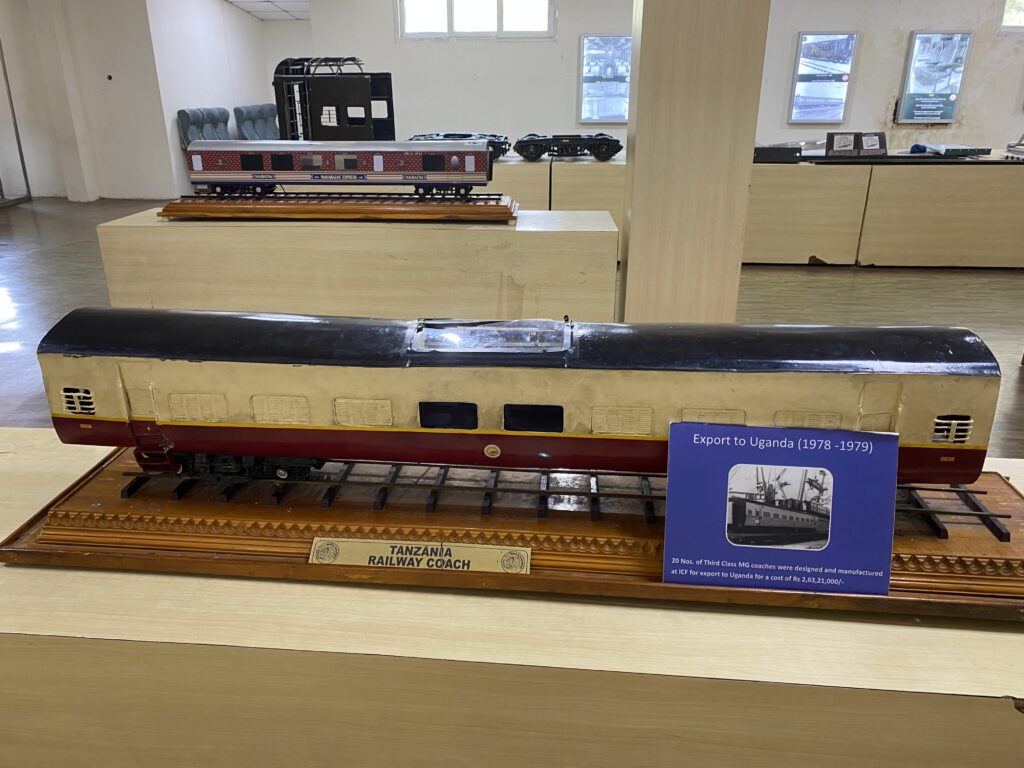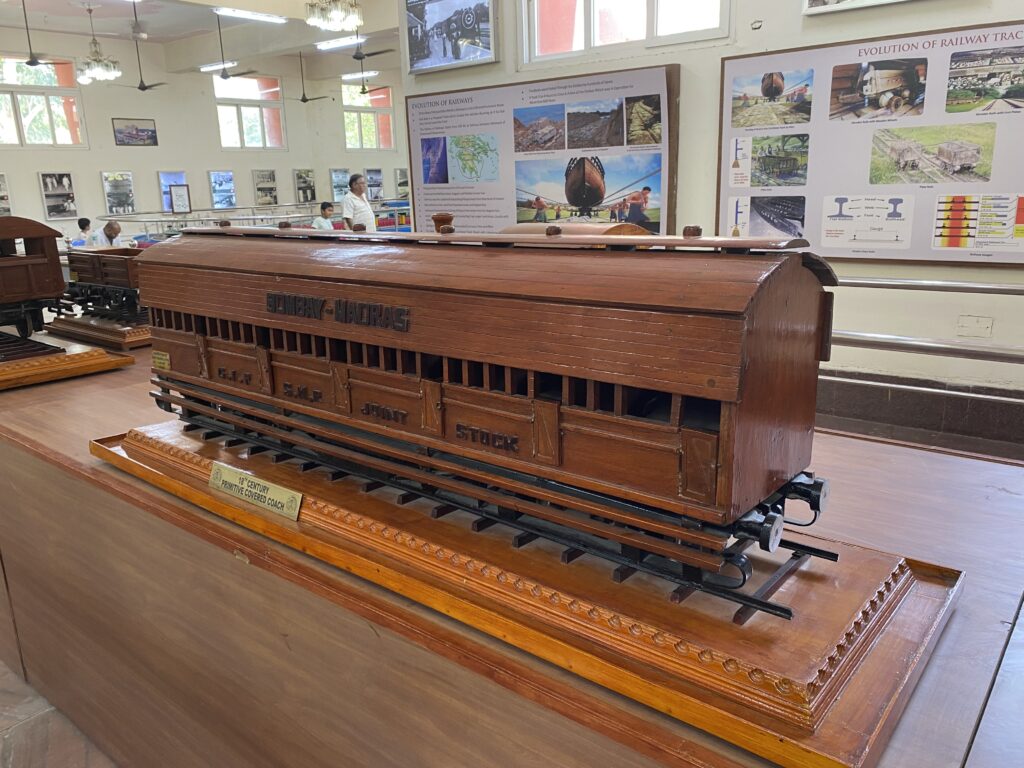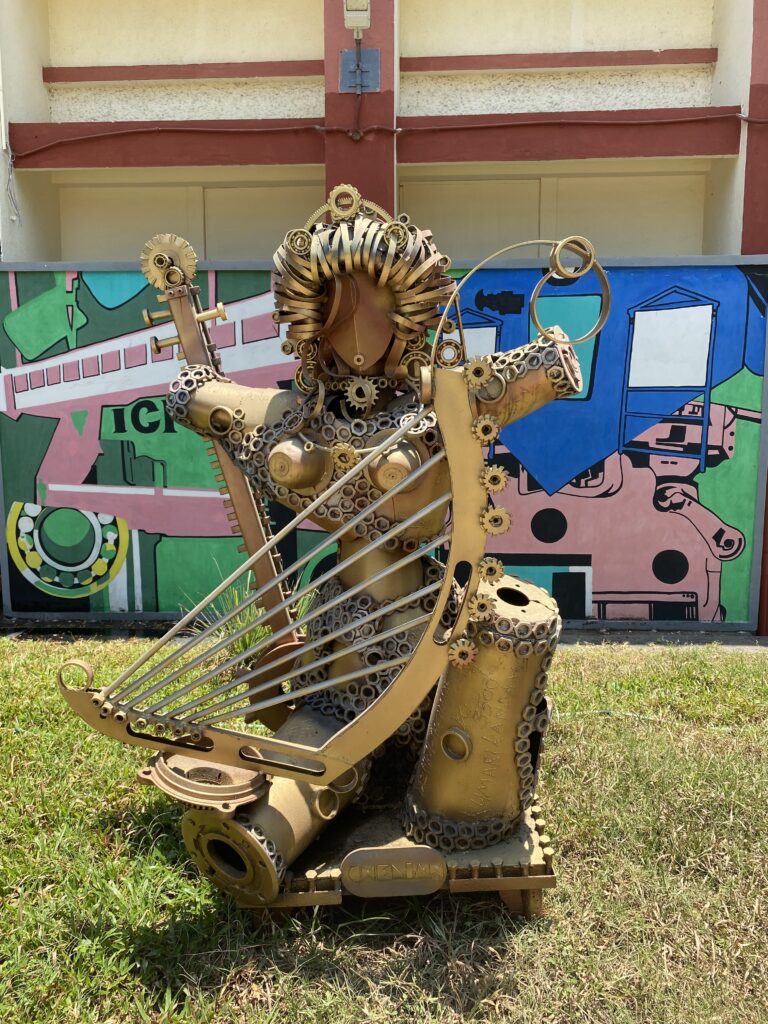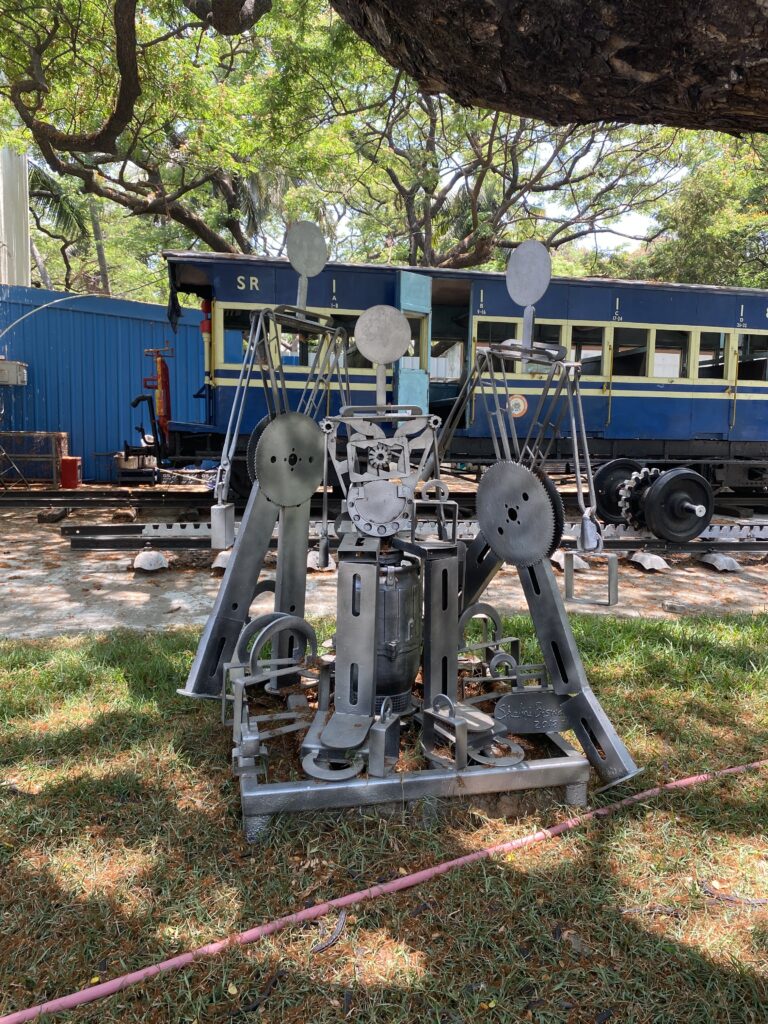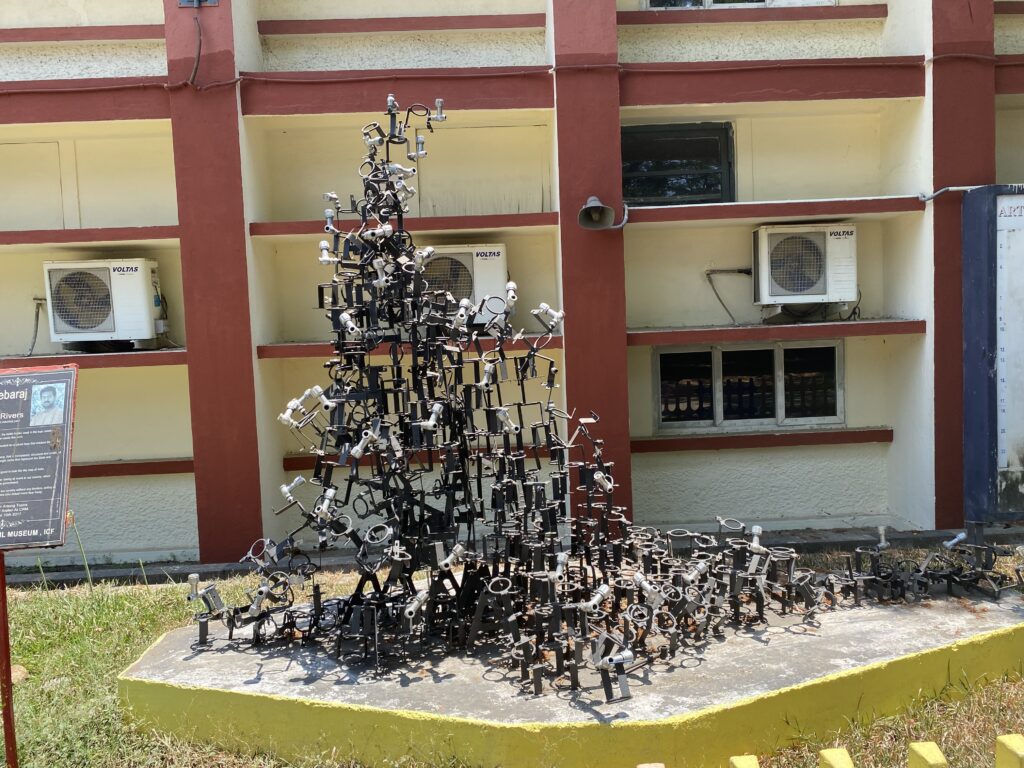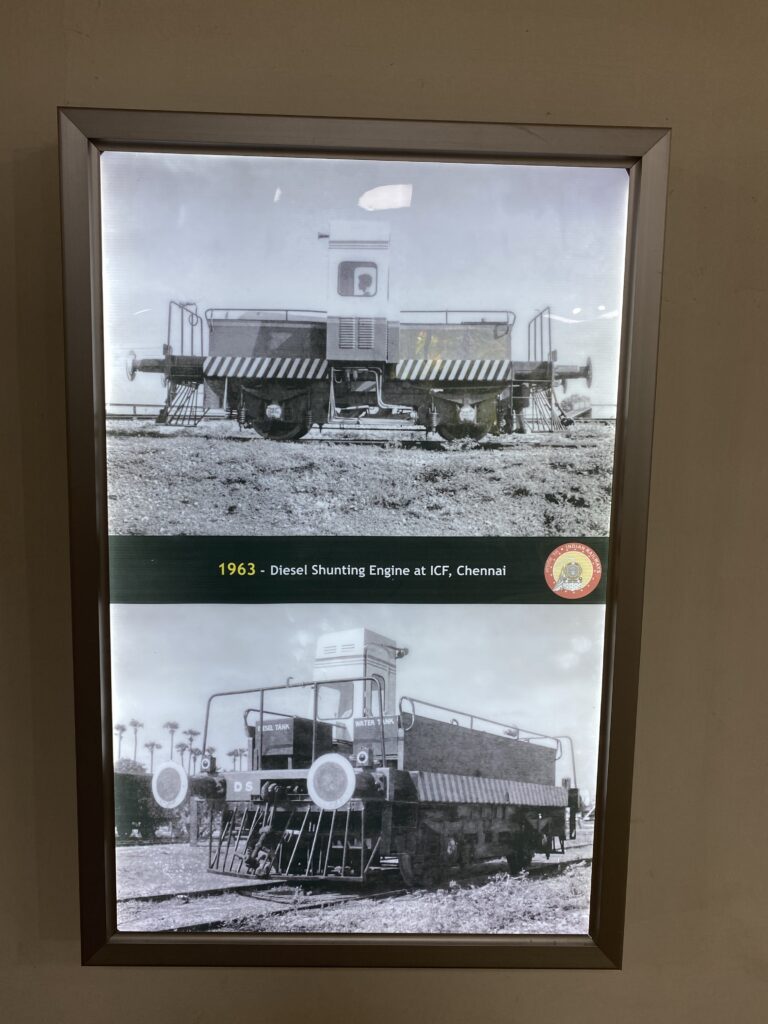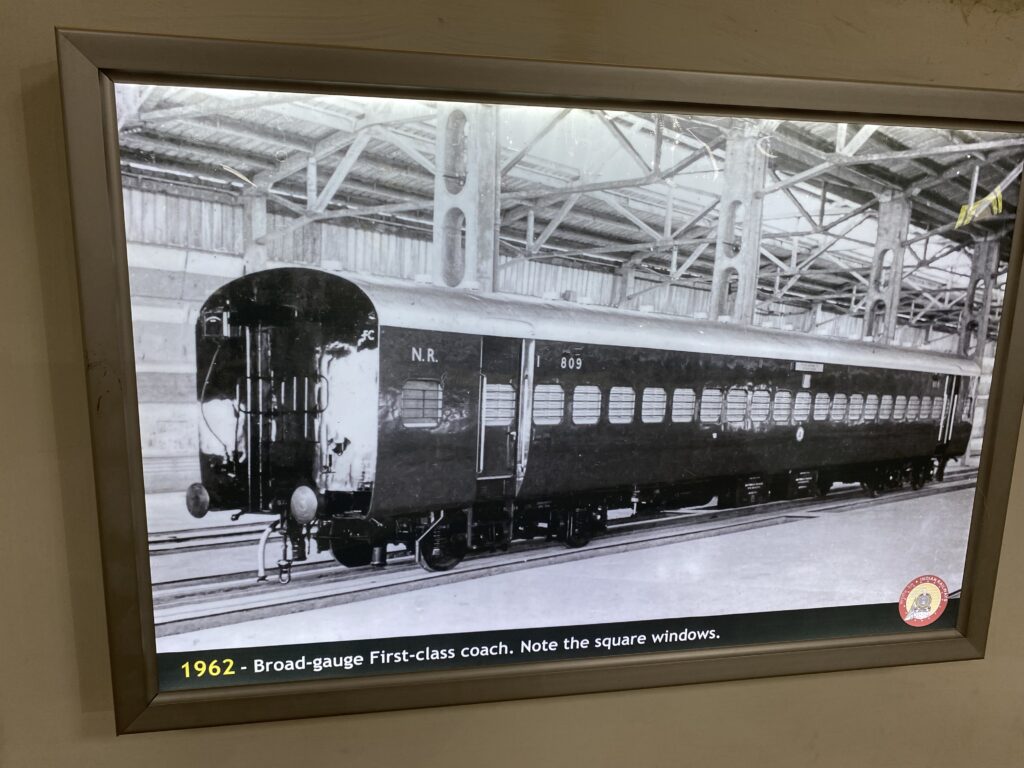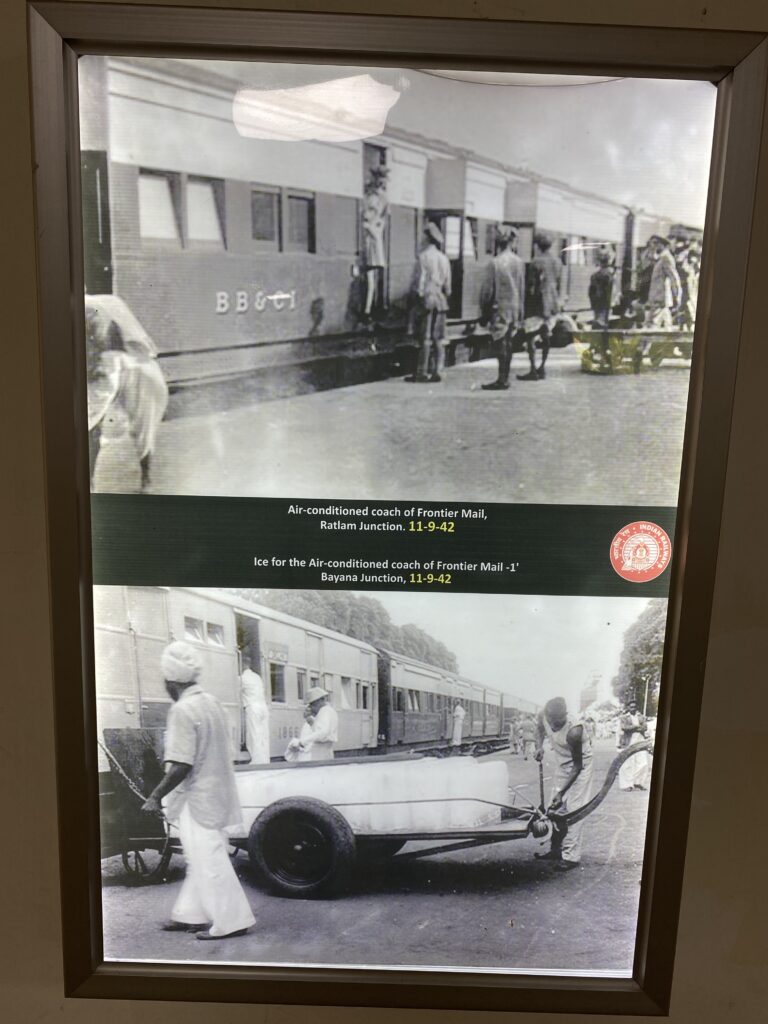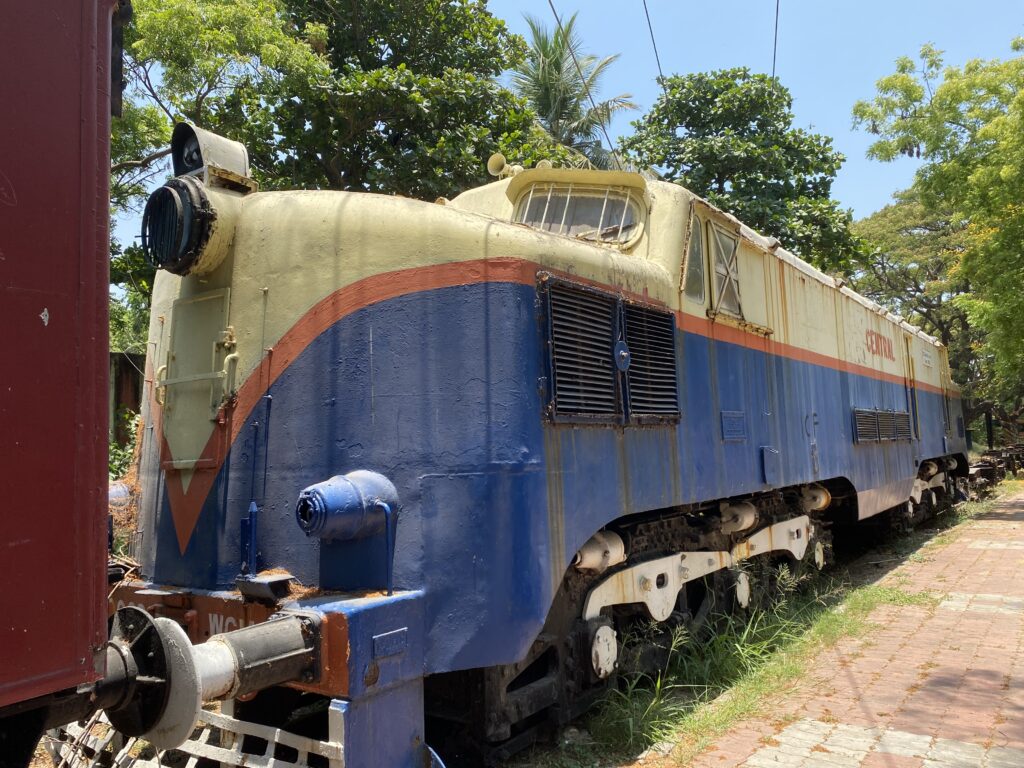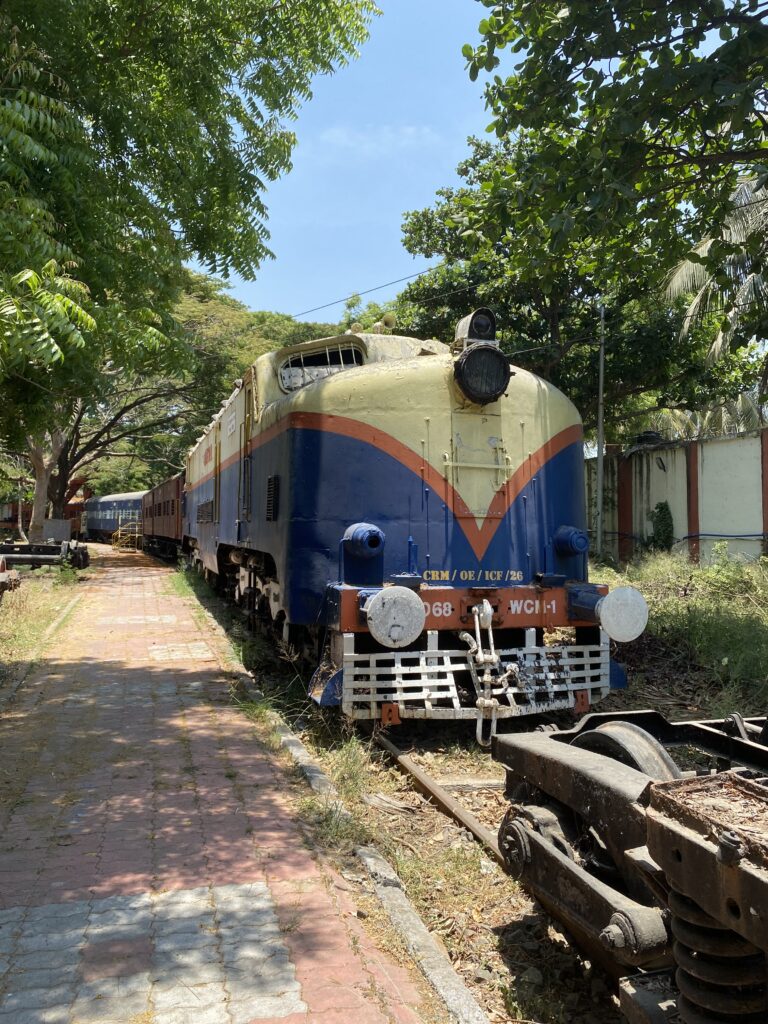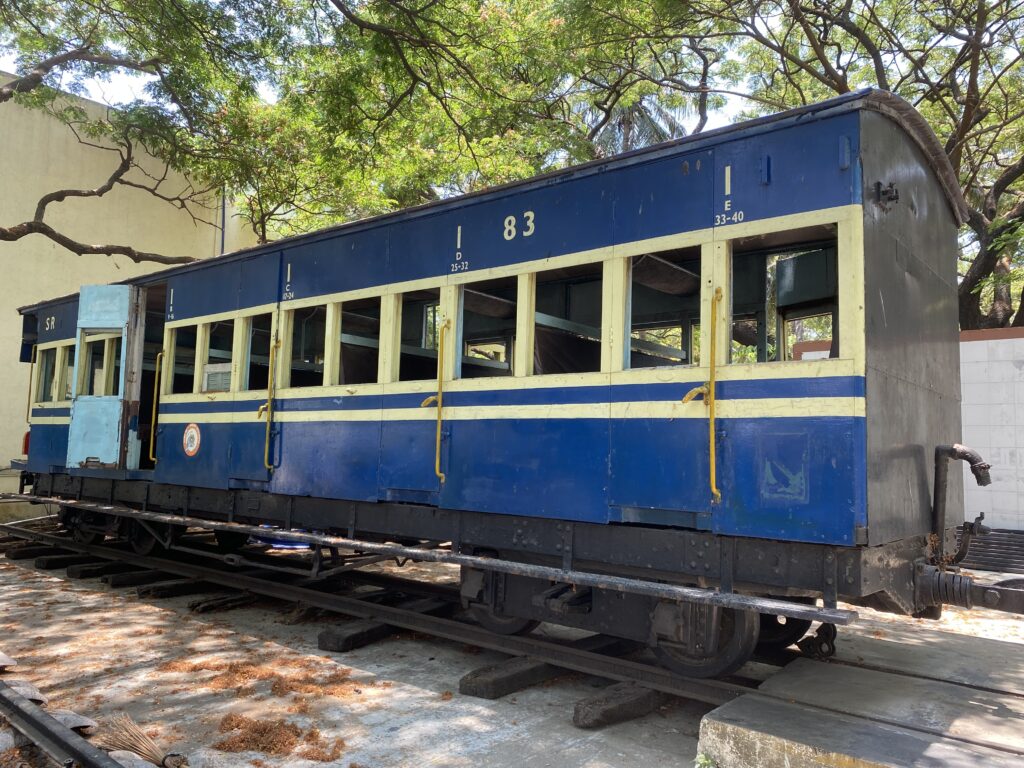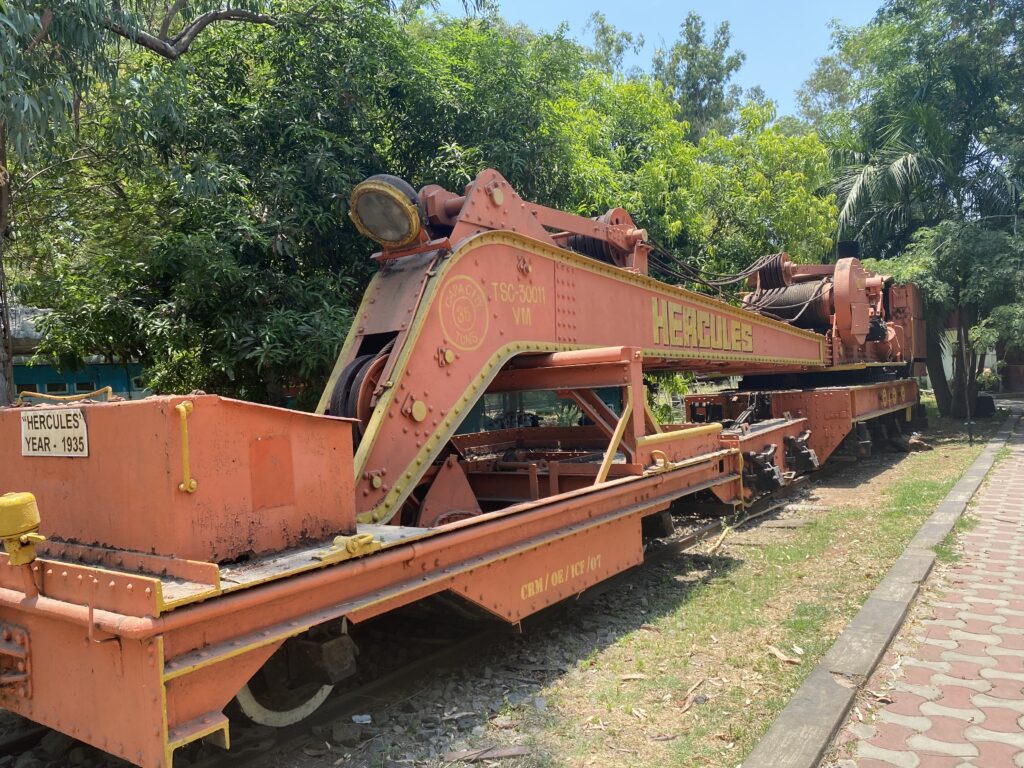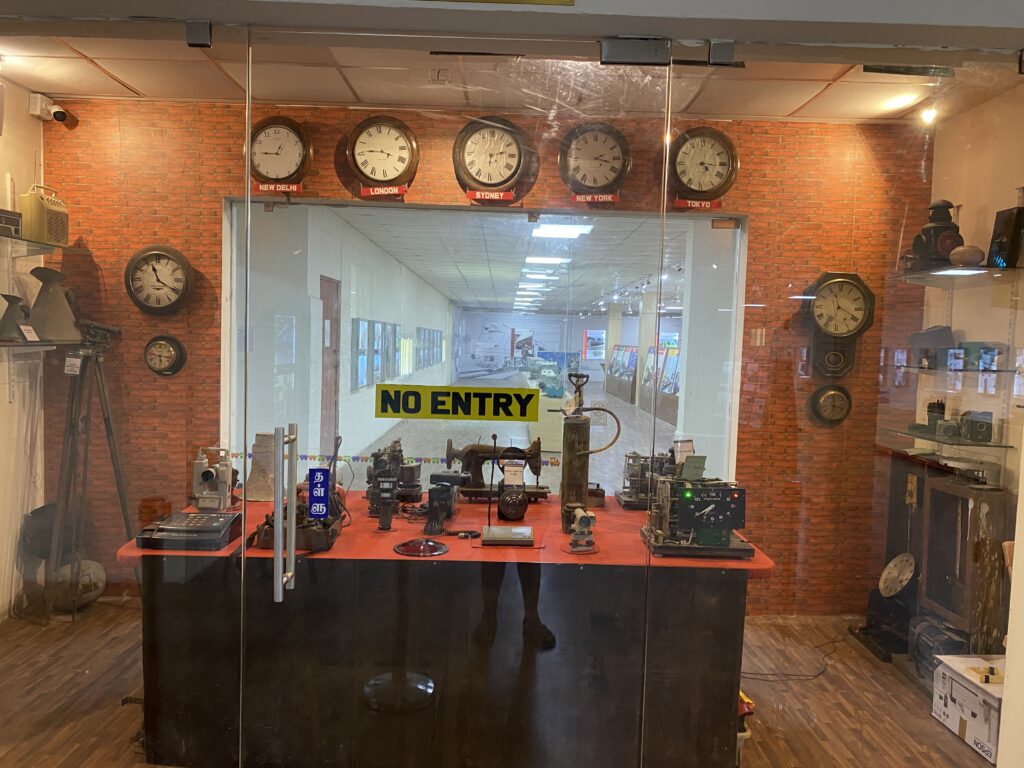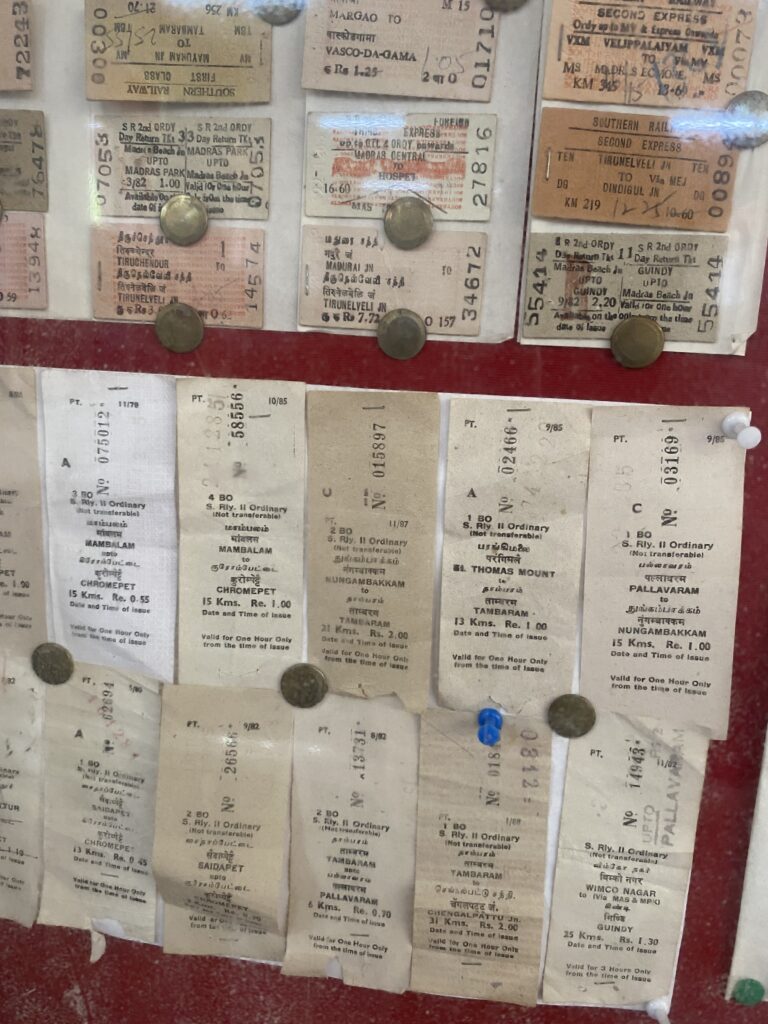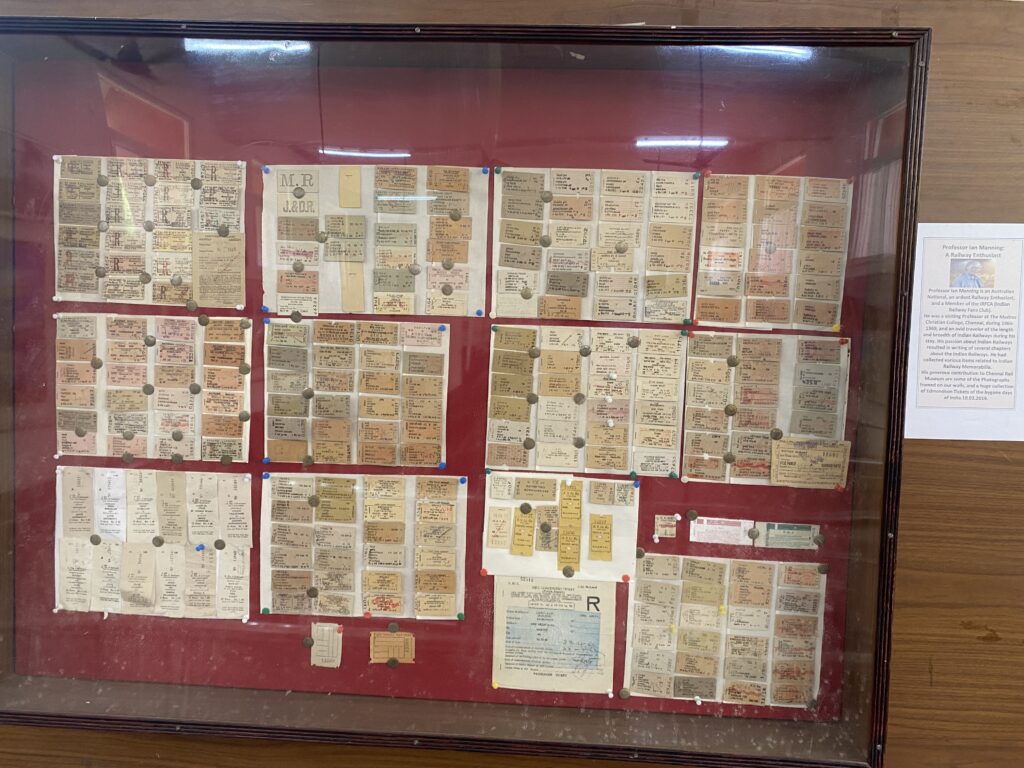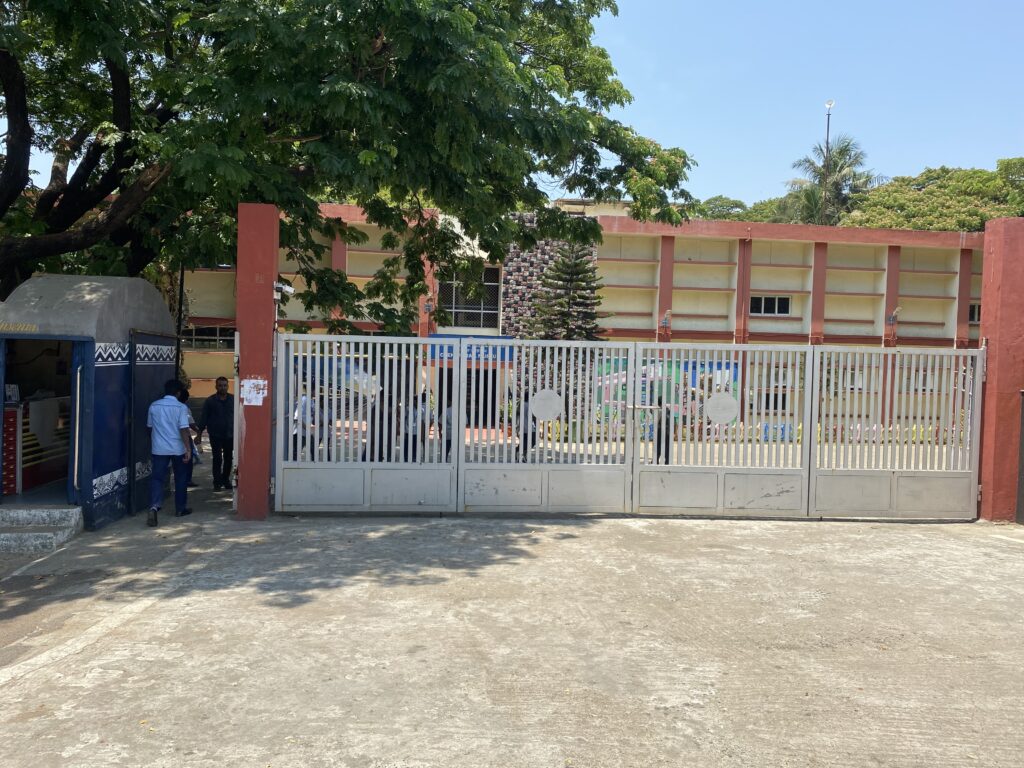The Chennai Rail Museum, located on New Avadi Road, is a place that houses priceless heritage of the Indian Railways. It features locomotives and passenger coaches that have played an integral role in the rich history of the Indian Railways. The Voices visited this heritage spot to reflect on the glorious history of our Railways through photographs.
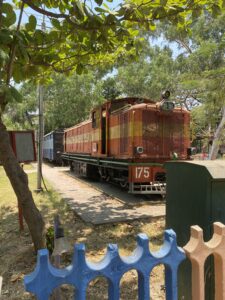
1. Latest Addition To The Heritage: The NG Diesel Locomotive is the newest exhibit at the museum. Manufactured in 1976 by Chittaranjan Locomotive Works in West Bengal, it served for 39 years before being decommissioned in 2015.

2. Inauguration: The
ICF (Integral Coach Factory) was inaugurated by Pandit Jawaharlal Nehru, India’s first Prime Minister. The museum showcases stills from this historic event, including an aerial view of ICF in its early days.
3. Unwind amidst the heritage: The Chennai Railway Museum (CRM) offers a creative space with an Open Air Theatre and Auditorium for dance and drama performances.

4. Miniatures: The museum features small scale models of locomotives and coaches used by Indian Railways throughout history.
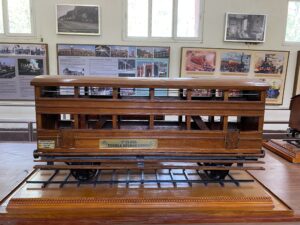
Additional miniature models at the Chennai Railway Museum depict vintage coaches and coaches manufactured in India for foreign countries.
5. Art Out of Waste: The museum showcases sculptures created from scrap materials generated at ICF units, highlighting the creativity of the artists involved.
6. Photos that tell you the past stories: Historical photographs provide insights into the operations of Indian Railways in bygone eras.
7. The Great Diesel Locomotive of the past WCM 1:
The WCM 1 electric locomotive, also known as the Electric Monster, was manufactured in 1954 and featured in several classic films.
8. Great Ooty Railways of Yesteryears: The museum displays a first-class coach from the Nilgiri Mountain Railway and the Rack and Pinion System used for trains to Nilgiris in the past. The First Class Coach had the capacity to carry 40 passengers and was made out of wood at Golden Rock Workshop in Trichy in Tamil Nadu in 1965. Rack and Pinion system was used in NMR in 1889.

9. Cranes of Indian Railways: The museum showcases Hercules Steam Crane and Samson Steam Crane, highlighting their capabilities and historical significance.
Hercules Steam Crane was manufactured in 1935 by Cowan Sheldon & Co Ltd of England. Coal and wooden logs were used for steam power. This had a capacity to travel at 48 km per hour and lift 35 tonnes and was used for re-railing coaches.Samson Steam Crane was manufactured in 1930 by Ransomes and Rapier of England. This was classified as Group A traveling crane and had a capacity of 48 km per hour speed and could lift 51 tonne.
10. Old Tickets and Clocks: The Heritage Section features wall clocks, gate attendance punching clocks, and other artifacts used by Indian Railways in its history. The Heritage Section of Chennai Rail Museum presents wall clocks, gate attendance punching clocks, measuring conical bins, survey equipments used by Indian Railways in its glorious past.
Rail History Gallery also has some of the tickets used by Indian Railways in the past.
Conclusion: Chennai Railway Museum is a must-visit for those interested in the rich history of Indian Railways
. It offers a unique glimpse into the past and is a worthy destination for rail enthusiasts.
Story Edited by Team Voices
Images by Author
